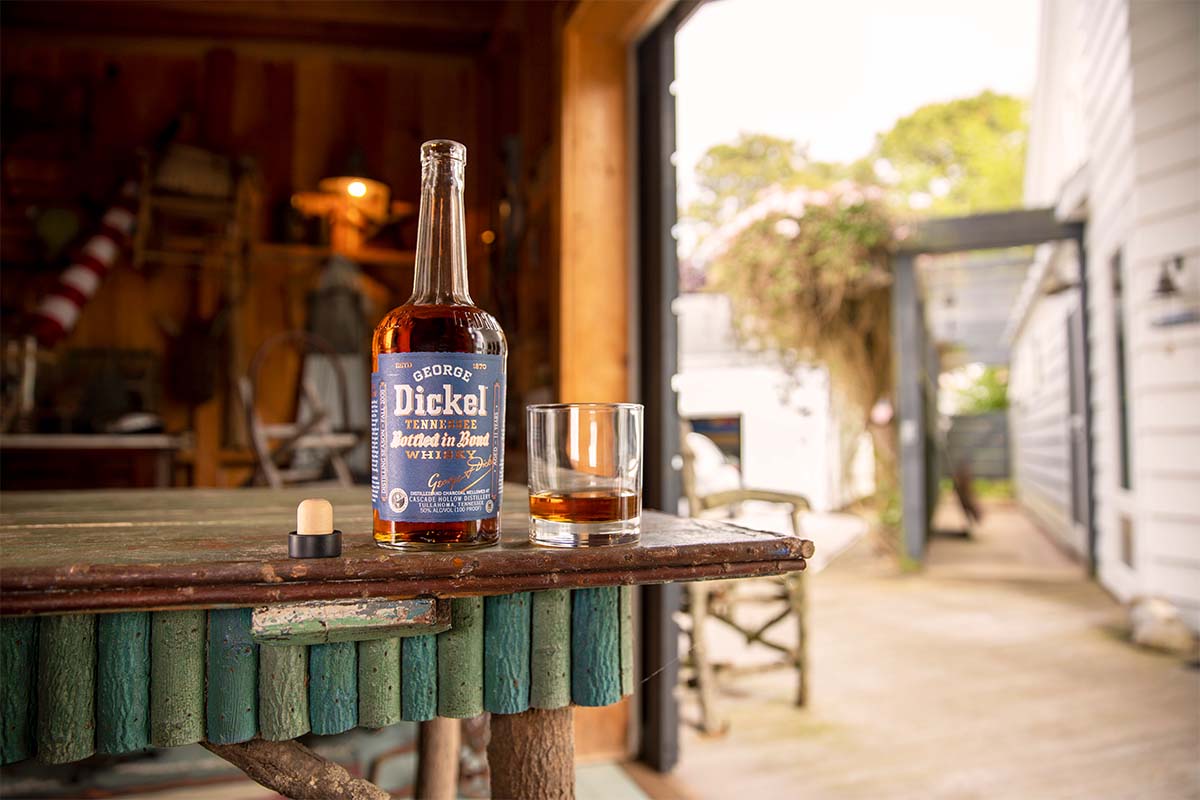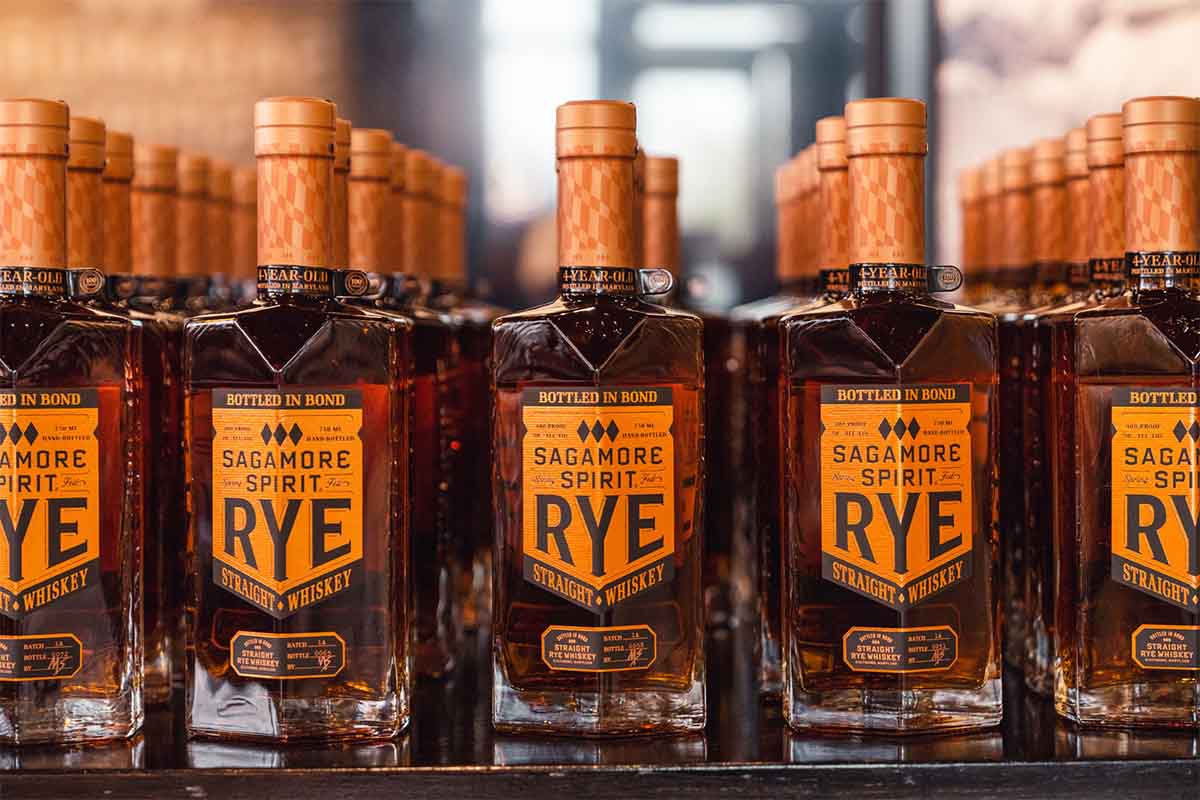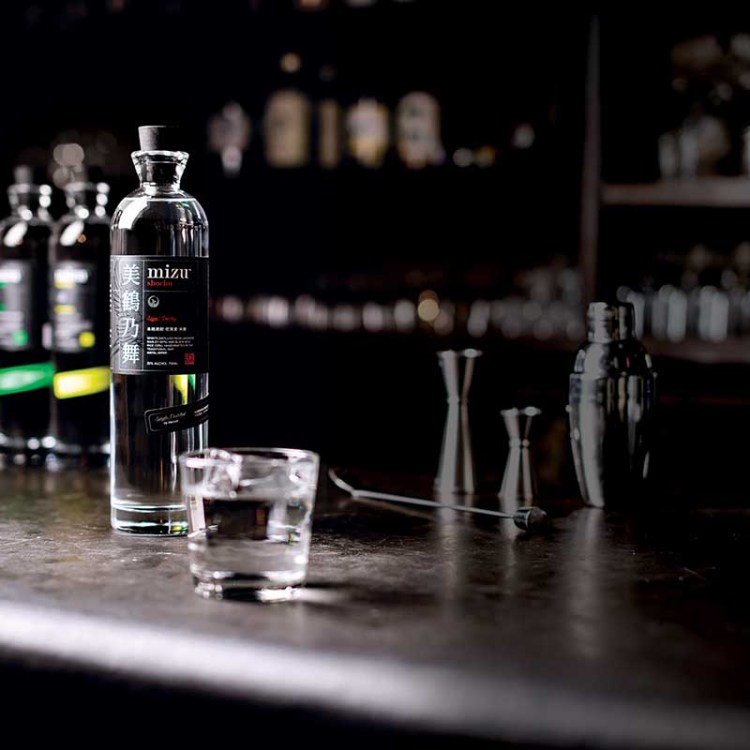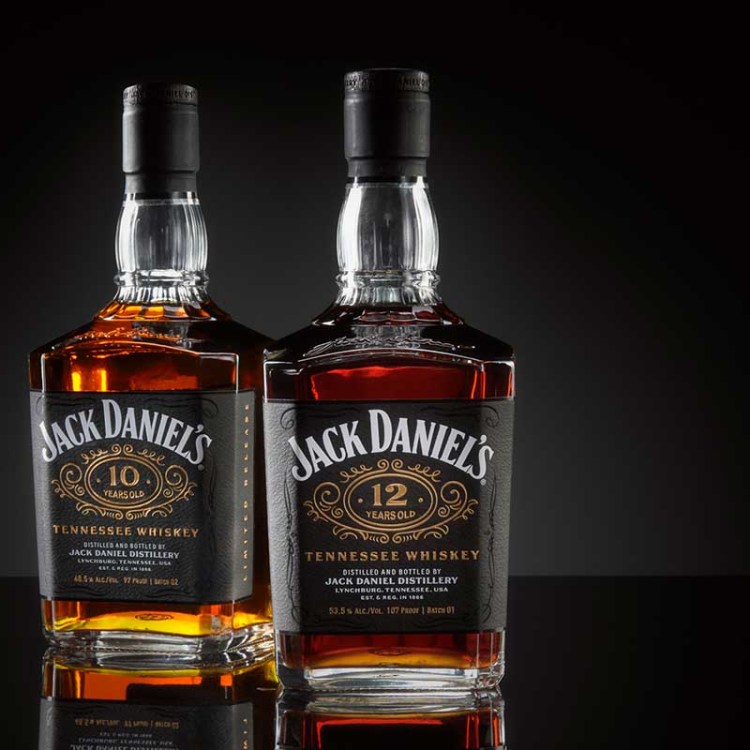Update 3/3/2021: To celebrate the 125th anniversary of the passing of the Bottled-in-Bond Act, we’re revisiting a piece on what “bottled in bond” means … and we’ve added a few picks.
The one-time best whiskey in the world costs 30 bucks. And that wasn’t the most interesting thing about it.
The judges at the 2019 San Francisco World Spirits Competition — the Oscars of the booze world — awarded Heaven Hill’s Distillery Henry McKenna Single Barrel Bourbon the “Best in Show Whiskey” prize. Henry McKenna is labeled a bottled-in-bond spirit, a designation with a century-plus heritage that’s still important today.
Below, we talked to a few bar industry experts about what exactly the “bottled in bond” label means … from both a legal/historical standpoint and when it hits your glass.
Hint: It’s gonna kick up your whiskey drinking experience a few notches, particularly when it comes to cocktails.
The history of bottled in bond: The Bottled-in-Bond Act of 1897 was one of our country’s first consumer protection laws, passed nine years before the Safe Food and Drug Act. During this time, American whiskey producers were adding, altering and diluting their product, so consumers were never quite sure what they were receiving. The BIB Act provided a government-backed guarantee to consumers that their whiskey was produced to a certain standard. (The distilleries did receive a tax incentive.)
“It was quality control for alcohol,” says Adam George, an award-winning bartender (NoMad Los Angeles) and founder of the Bottled in Bond LA drinks blog. “At the end of the 19th century, the glass bottle was becoming readily and cheaply available, and a lot of unscrupulous folks were adultering their whiskey.”
What it requires: The whiskey cannot be adulterated by any other substance. It has to be made at one distillery in one distilling season, aged for a minimum of four years in a government bonded warehouse under government supervision, and bottled at 100 Proof (50% ABV) — which is important, as you read on.
The significance now: It’s two-fold. “The real significance of bottled in bond is that people are clamoring for higher proof spirits, particularly mixologists,” as Jeff Arnett, the former Master Distiller of Jack Daniel’s, told us a few years back. “You had a thirty-year period where higher proof was a killer and you had to lower your proof to sell. Not anymore.”
Besides upping the alcohol — which significantly helps cocktails that feel a little limp at the usual 40% ABV — it’s also a boon to old-school makers of whiskey. “Now you have so many non-producing brands entering the whiskey market,” says Arnett. “Because of the guidelines, a bottled-in-bond product will come from the manufacturers. Those brands who developed themselves purchasing liquids — and many of them are successful — they can’t do bottled in bond. It’s the old manufacturers re-asserting ourselves; we are the whiskey makers.”
It’s not just whiskey: Yes, you’re more likely to find this on bourbon or rye. But as George notes, technically any aged spirit made in the U.S. can get a bottled-in-bond designation — e.g. Laird’s, the oldest registered distillery in the country, makes a bonded Apple Brandy.

The newcomer: Each bottle of 2022’s E. H. Taylor, Jr. Bottled in Bond Commemorative Chris Stapleton Single Barrel Bourbon will be autographed by the singer (who picked the barrel) and sales will be used to raise funds for a variety of charities across the country. There are currently two bottle packages available via CharityBuzz, while the remaining bottles will be sold by Stapleton’s charitable fund Outlaw State of Kind throughout the year.
The bourbon was distilled at Buffalo Trace Distillery and put in the barrel on June 3, 2009. Bottled in mid February, this bourbon is over 12 years of age.
7 Other Bottles to Consider …

Henry McKenna Single Barrel Bourbon
The SFWSC winner is the longest aged Bottled-in-Bond spirit available today, a sweet and spicy sipper with notes of honey, vanilla and spice. — InsideHook
Rittenhouse Bottled In Bond Rye
“This is my quintessential mixing rye whiskey, and my default bottle for a Manhattan or Old Fashioned. The spice, the proof and the quality always shine through.” — Adam George
Old Grand Dad Bottled In Bond Bourbon
“A great mixing whiskey, this is also what’s known as a ‘high-rye’ bourbon, meaning that while the mashbill is at least 51% corn, it has a higher than average amount of rye in the other 49%, so there’s a larger spice that helps it stand up in cocktails.” — AG
Col. E.H. Taylor Bottled In Bond Rye
“This is a phenomenal sipping rye made by Buffalo Trace, which was once known as the O.F.C. Distillery when it was owned by Col. Taylor (the distiller who led the movement for the Bottled In Bond Act). It’s a rye made from only rye and barley — no corn. It’s aged in Warehouse C, one of the Warehouses that Taylor built. It’s packed to the brim with baking spice and stone fruit.” — AG
Jack Daniel’s Bottled-in-Bond Tennessee Whiskey
Basically, it amps up everything you like about the classic Jack Daniel’s No. 7 label. A travel retail exclusive, you’ll still find the notes of vanilla, banana, toasted oak and caramel here, but the higher ABV makes this ideal for cocktails. — InsideHook
New Riff Distilling
The American whiskey trade is booming, and new bourbons are popping up everywhere, from California to the Catskills. But Kentucky remains the region with the strictest standards for ingredients and process, all of which upstart New Riff Distilling adheres to. Sour mash only, all copper stills, no chill filtration, bottled in bond: it all comes together in a bourbon with a high rye content (30%) that’s spicy and slightly on the strong side without overwhelming. Also, New Riff’s Bottled-in-Bond Kentucky Straight Rye was in the running for best rye at the SFWSC. — InsideHook
Leopold Bros. Bottled In Bond Bourbon
“This is an unusual one because it hasn’t been released yet, but Leopold Bros are easily my favorite small-scale U..S distillery. Their philosophy is that they are making liquid food, and their Maryland Style Rye is one of my favorite yearly offerings. I can’t imagine that a Bonded Whiskey from them would be anything less than equal to the best already on the market.” — AG
This article was featured in the InsideHook newsletter. Sign up now.





















